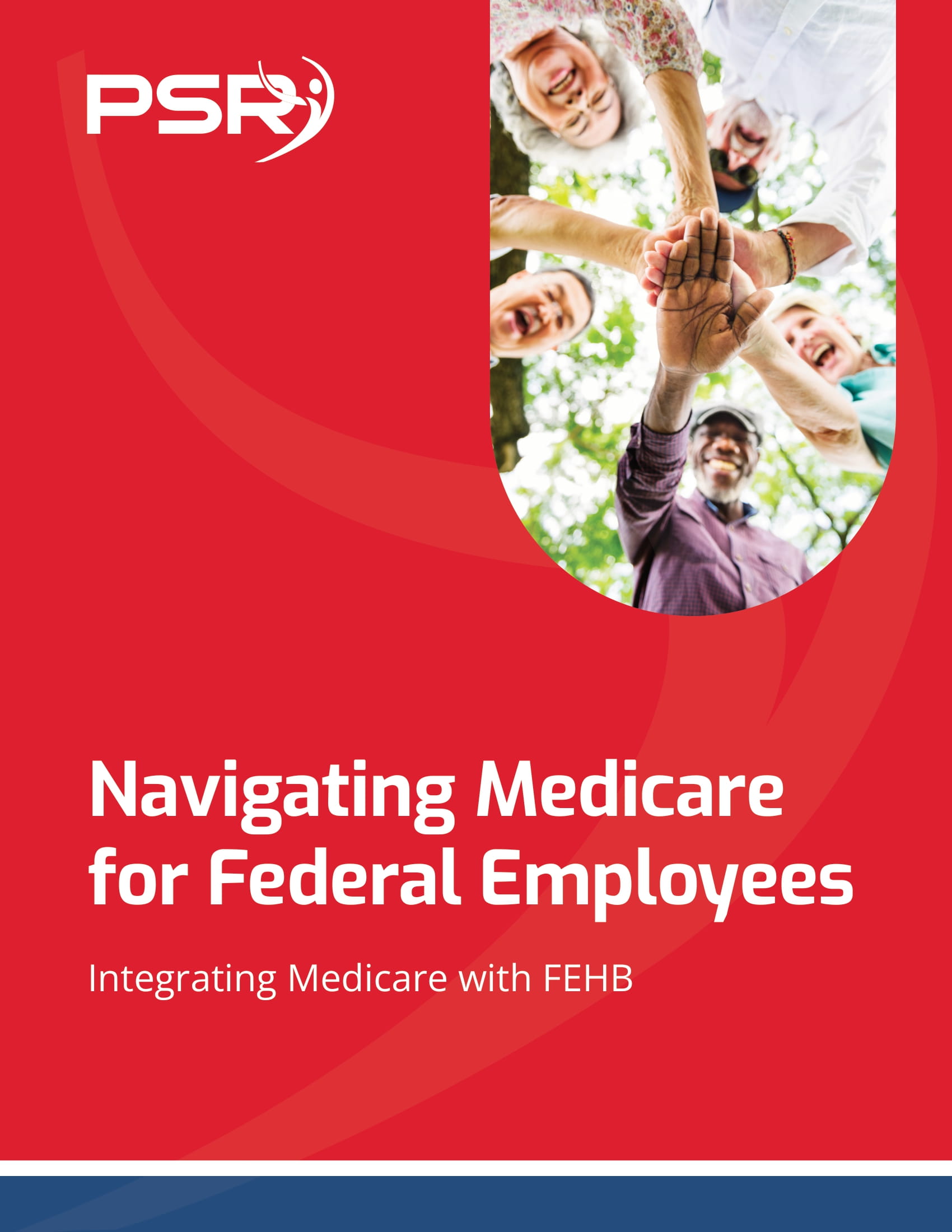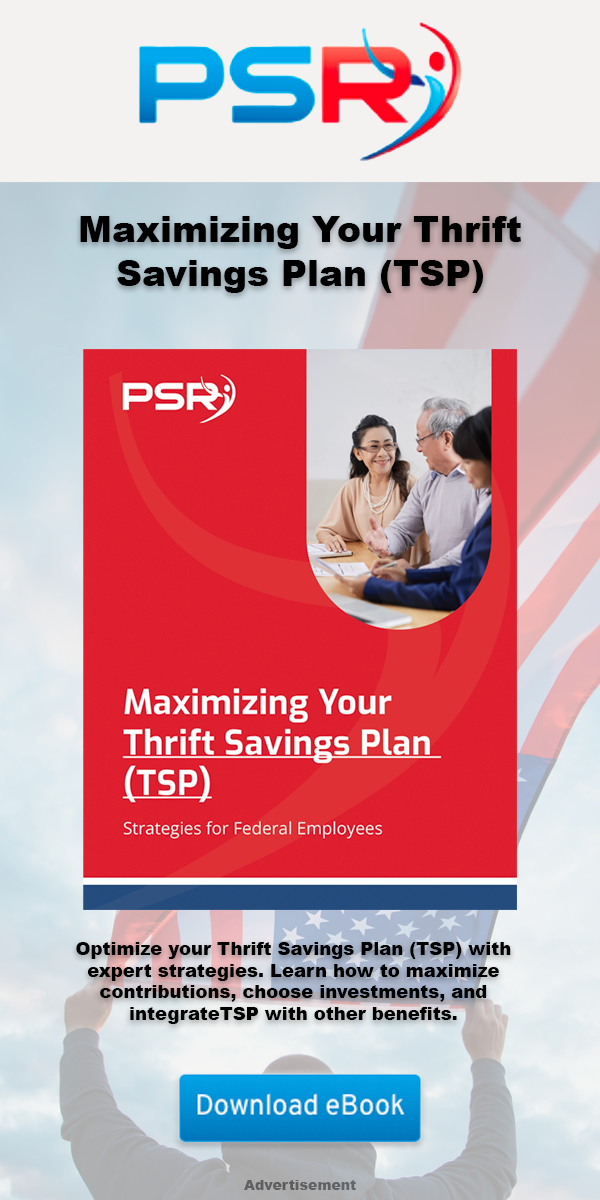Key Takeaways
-
You may not be seeing sweeping headlines, but federal retirement reforms are actively unfolding in 2025—impacting your benefits, contributions, and retirement planning decisions.
-
Quiet policy shifts such as TSP rule changes, Medicare integration for postal retirees, and budget-driven proposals to reduce agency contributions to FEHB are already reshaping retirement outcomes.
The Retirement System Isn’t Standing Still
- Also Read: Survivor Benefit Elections Can Affect More Than One Generation—Here’s What You Should Consider
- Also Read: Law Enforcement Officers Have Special Retirement Perks—Are You Getting the Most Out of Yours?
- Also Read: Want to Leave Before 62? Here’s the Tradeoff Most Federal Workers Don’t Consider
If you’re assuming your retirement will follow the same path as those who left government service five or ten years ago, you’re likely missing the mark.
FEHB: More Expensive for You, Less Generous from the Government
In 2025, the Federal Employees Health Benefits (FEHB) Program is still available to most public sector retirees, but it’s becoming more expensive in subtle but significant ways:
-
Average premium increases: In 2025, FEHB premiums rose by an average of 11.2%, with enrollees absorbing a 13.5% increase.
-
Government share not keeping up: Although the federal government continues to cover about 70% of the premium, there’s growing talk in Congress about converting this percentage to a flat-dollar voucher system.
-
Policy proposal in 2025: Lawmakers have introduced a bill that would provide fixed employer contributions to FEHB, which could mean greater out-of-pocket expenses for retirees as premiums climb over time.
This is a crucial time to rethink how much of your future retirement income needs to be budgeted toward healthcare. If you’re planning to retire in the next 3 to 5 years, account for rising FEHB costs not only now—but long after your paycheck stops.
TSP Rule Changes: Contributions and Catch-Up Limits
The Thrift Savings Plan (TSP) remains a foundational piece of federal retirement planning, but 2025 has brought updates you need to be aware of:
-
2025 elective deferral limit: Increased to $23,500, up from $22,500 in 2024.
-
Catch-up contributions: $7,500 remains available for participants aged 50+, while those aged 60 to 63 can make additional super catch-up contributions of $11,250 under Secure Act 2.0 provisions.
-
Legislative risk: There’s active discussion in 2025 about eliminating the government subsidy of the G Fund, which could reduce returns for retirees seeking stable investment options.
These shifts may sound technical, but they matter. If the G Fund becomes less attractive, you’ll need to revisit your asset allocation strategy to preserve income without exposing yourself to excess risk.
Medicare and the PSHB Rollout: A Postal-Specific Shift
Postal Service retirees are at the center of one of 2025’s biggest structural overhauls—the new Postal Service Health Benefits (PSHB) Program, which replaced FEHB for postal workers starting January 1, 2025. This shift quietly introduced a major change in Medicare expectations:
-
Mandatory Medicare Part B enrollment is now required for most Medicare-eligible postal retirees and family members.
-
Exceptions exist for postal annuitants who retired on or before January 1, 2025, or those age 64 or older as of that date.
-
Integrated Part D coverage through an Employer Group Waiver Plan (EGWP) offers capped drug costs and expanded networks.
Why should this matter if you’re not a postal worker? Because this structure could become a model for broader reforms. If integration with Medicare becomes a requirement across other federal groups, expect increased out-of-pocket costs if you fail to enroll in Part B.
Repeal of the Windfall Elimination Provision (WEP): A Mixed Outcome
The Social Security Fairness Act was signed into law in January 2025, repealing the Windfall Elimination Provision (WEP). This change benefits many CSRS retirees, but it’s not without caveats:
-
WEP is gone, but GPO remains. The Government Pension Offset, which affects spousal and survivor Social Security benefits, is still active.
-
CSRS retirees may now receive higher Social Security checks, but they could also face unexpected tax or IRMAA surcharges depending on income thresholds.
-
Public reaction has been mixed. While some welcome the increase in benefits, others are surprised by the additional Medicare costs associated with higher reported income.
This shift highlights why even positive-sounding reforms can produce financial ripple effects. You’ll want to reassess your overall retirement income plan, especially if you’re under CSRS and receiving delayed Social Security benefits.
Locality Pay Exclusion from High-3: Still on the Table
In early 2025, Congress introduced a bill proposing the exclusion of locality pay from high-3 salary calculations. If passed:
-
Future retirees could see reduced annuity amounts.
-
Those working in high-cost areas (e.g., DC, San Francisco, New York) would be disproportionately impacted.
-
It would not be retroactive. Those already retired or near retirement may be grandfathered in—but the bill’s current language leaves room for interpretation.
This proposal hasn’t passed yet, but it remains under committee review. If you’re mid-career and relying on a locality-adjusted high-3 for retirement calculations, now is the time to consider alternative saving strategies in case this policy becomes law.
FEGLI Premiums Keep Climbing After Age 65
Another quiet but persistent issue affecting your long-term retirement budget is the cost of Federal Employees’ Group Life Insurance (FEGLI):
-
Option B and C coverage premiums increase with age, especially after 65.
-
Many retirees experience steep hikes unless they reduce or cancel coverage at retirement.
-
Waiving coverage at retirement can prevent surprises but leaves a gap in coverage many don’t plan for.
This is one of the most overlooked aspects of retirement planning. If you’re within five years of retiring, review your FEGLI elections now. Consider alternatives if premiums exceed your budget in your late 60s or 70s.
Budget-Driven Retirement Reform Proposals
Even if most 2025 reforms have been subtle, the federal budget landscape suggests more may be coming:
-
Pressure to reduce long-term obligations means lawmakers are eyeing ways to reduce pension liabilities and shift more responsibility to individual savings.
-
Increased scrutiny of the FERS Annuity Supplement may lead to changes in eligibility, reduction in benefit levels, or early phase-out.
-
Continued TSP modernization may include expanded Roth options or withdrawal rule adjustments.
These proposals are not guaranteed, but they reflect a broader shift: the expectation that government employees shoulder a larger portion of retirement security on their own.
Planning Today for What’s Already Changing
Your retirement strategy shouldn’t be static—not in 2025. Too much is shifting beneath the surface for you to rely on past assumptions. From Medicare coordination to TSP contribution changes and pending legislation, staying informed is critical.
Here are three practical next steps you should consider:
-
Revisit your five-year retirement forecast. Include potential FEHB premium increases, TSP investment adjustments, and Medicare enrollment decisions.
-
Evaluate how upcoming reforms could impact your annuity calculations. Pay attention to the potential exclusion of locality pay and G Fund changes.
-
Schedule a session with a licensed agent listed on this website to walk through your retirement benefits and risks.
Federal Retirement Strategy Now Requires Active Engagement
The age of passive retirement planning for public sector employees is ending. The reforms of 2025 may not come with front-page headlines, but they demand your attention. Staying on top of evolving rules—and making strategic adjustments as needed—can be the difference between a stable retirement and unexpected gaps.
For personalized guidance tailored to your situation, speak with a licensed agent listed on this website. A one-on-one conversation can clarify your best next moves.












